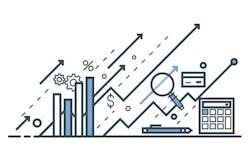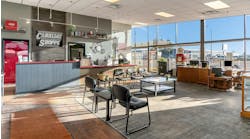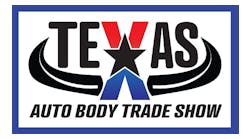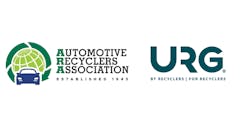Charity Ball speaks in a manner befitting someone who works at 127 Honest Street. The collision center manager at Capital Toyota Collision Center in Chattanooga, Tenn., Ball speaks with candor when it comes to her views on key performance indicators (KPIs).
And, while her views toward measuring technician productivity and efficiency might be a bit different, the results speak for themselves. Ball, in her 16th year in the industry, leads a 40,000-square-foot facility with an annual revenue of $3.2 million, with a CSI score nearing 90.
Ball’s preferred repair processes have left her facility staffed with technicians that “are the best of the best,” and have left the collision center manager feeling like her shop can soon “become a force to be reckoned with.”
Below, Ball explains her philosophies toward technician productivity and efficiency, and how emphasizing those can benefit a shop.
One of the things we’ve found that’s essential to keeping this train moving productively is scheduling. That has become a focal point of being able to keep things running efficiently here.
When you have so much work, and you don’t have enough staff and employees to work on it, you’re not gonna win at the end of the day. If you haven’t managed to get it processed and through the shop and it’s sitting, then there’s absolutely nothing productive about that.
We actually separate the type of repairs we have. We kind of deem it as we have an ER and we have an intensive care unit. The ER is the express lane, and the intensive care unit is anything that’s a lengthy, hard-hit repair. We’ve figured out that separating the work, and putting down a lane for express repairs, and then scheduling in for the harder hits and the more lengthy repairs, that’s something I feel is very unique for us.
We have a daily production meeting, at 8 o’clock. We try to keep those meetings to 20 minutes. It is absolutely mandatory—every employee and technician is to be at that meeting. That’s our daily reminder of what’s expected of us.
We talk about every car in that meeting. We have a production sheet that goes by technician; each technician gives us an in-depth update of where that vehicle is. There’s so much that can change in an hour in a repair facility, so there has to be a daily meeting for us, we feel, to be able to have the correct information for an insurance company, to be able to have the correct information to give the customer. Every person that’s involved in that car—from the detailer to the buffer, to the porter who may take it over for alignment—is aware.
We have several inspection checkpoints; we call them pit stops. And the pit stops are what we use to take the time to do a pre-inspection before it goes on to the next phase.
There’s a care package that’s tracked along with every vehicle, and it’s just a sleeve that has a little hanger on it, and it has a quality-check sheet inside that care package, along with the estimate and any special request from the customer. It’s automatically given to the technician. That’s something we started doing about a year ago that we have found has been very, very helpful, because what we were finding is cars would come down and the car would sit down in the paint shop for two days before they would begin to prep that vehicle. And, as they began to prep it, it would have to come back to the technician to have additional work to it—so that vehicle has lost three days.
One of the things we do for a reward here is every single month that our State Farm number comes out and we’ve went up, even if it’s 1 percent, the shop is rewarded with a lunch out of the shop, out at a restaurant.
Another reward: For every single month that we roll out a new record, we have a big cookout. These technicians, they have to know how good they are. They have to feel good. They have to come to a work environment in a facility that they want to come to.



